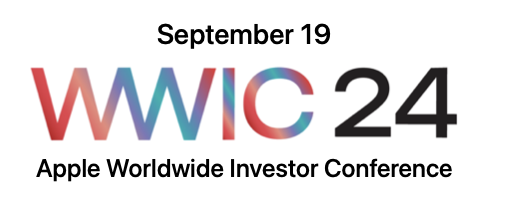Apple Investors are keen observers of metrics of financial performance. We have to track top line, bottom line and many lines in between. Updates to the data are delivered every quarter through official documents such as the 10K and statements made in conference calls. These data are then analyzed and opinions are formed on the viability, sustainability, and prospects for the company.
The community of investors changes rapidly, with shareholders able to enter and exit with a click of a button. All it takes is capital. Therefore many critics of shareholders as stakeholders point out how fleeting the commitment can be. Though there is skin in the game in the form of committed capital, there is no requirement for staying committed.
This is not the case for another set of stakeholders. In a previous post I pointed out how important employees are to the company and my belief that their commitment is probably management’s greatest concern.
But if one were to sum up the total population of a stakeholder group multiplied by its required level of commitment, there is a case to be made that the most vested community is that of Apple’s developers.
This group numbering in the millions makes an enormous contribution to the prosperity of the company and indeed of the other stakeholders. And they do so through tremendous personal risk. If you are a developer you know this, but perhaps other stakeholders do not. So let me elaborate.
An Apple developer must spend years becoming versed in the developer tools, purchase membership and equipment, navigate getting their software accepted and hope that someone, anyone buys the result. Afterwards, they need to maintain the code and update it frequently as the underlying software and hardware changes.
This adds up to enormous personal opportunity costs. Developing means not doing something else and developing for Apple means (typically) not developing for some other platform.
The benefits can be significant however. Apple publishes the amounts paid to developers. That is part of the graph shown below.

The dark blue area shown as “App Store Billings” includes about 70% paid to developers which I would estimate at about 100 billion in 2023.
But these are direct payments based on App Store transactions. A great number of transactions and economic activity takes place outside the App Store. That is over $1.1 trillion in 2023. It should grow to over $1.3 trillion this year.
And then there is AI. As Ben Bajarin and I discussed recently, the integration of AI is shifting the risk/reward equation for developers to include capital spending or monetization of computation itself.
A lot is at stake. Not only in terms of upside but also downside. Developers need to understand the “state of the union” for Apple as a platform and ecosystem from a financial point of view. Conversely, investors need to understand the degree of dependence and commitment being made by the developers.
There has been no forum for this to happen. Until now.
At the first Apple Worldwide Investor Conference ( WWIC ), we will bring together individuals with a stake in Apple’s future—investors, analysts, and developers—to foster a meaningful conversation about Apple’s ecosystem, and a better understanding of Apple as a business.
The event will take place on September 19th, in-person in Boston with limited seating, and via remote livestream globally, where you can watch, ask questions, and discuss, live.

Tickets are available now. Asymco followers can get an additional discount using code asc24.
See you at WWIC—in person or online!
Discover more from Asymco
Subscribe to get the latest posts sent to your email.
